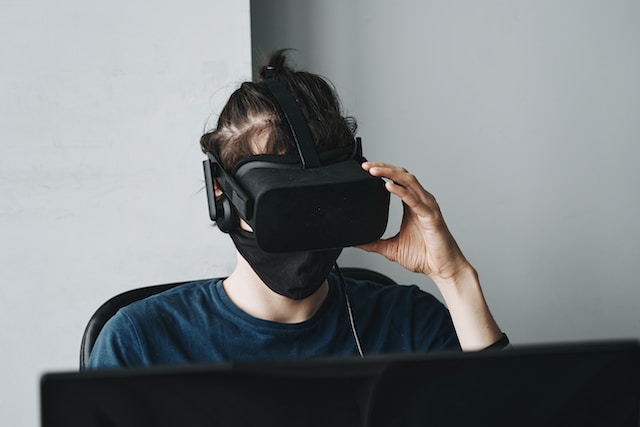The integration of Artificial Intelligence (AI) into various industries has been transformative, and video production is no exception. AI offers an array of tools and solutions that can streamline processes, enhance creativity, and improve the overall quality of video content. Here are five compelling ways AI is revolutionizing the world of video production.
1. Enhanced Video Editing
Manual video editing can be a time-consuming process, especially for lengthy projects. AI steps in to make this task more efficient.
Auto-Cutting and Assembling
Modern AI tools can analyze raw footage, identify key moments or actions, and automatically assemble a coherent video sequence. This speeds up the initial editing process, allowing editors to focus on refining and enhancing the assembled content.
Color Correction
AI-driven software can automatically analyze and adjust color imbalances in videos, ensuring that the final product has consistent and desired color grading without manual intervention.
2. Advanced Content Analysis
AI offers deep video analysis capabilities that can be instrumental in content creation.
Scene Recognition
AI can recognize different scenes, subjects, or emotions by analyzing video frames. This can be used to automatically tag content, making it easier to locate specific segments during editing.
Speech and Audio Analysis
AI tools can transcribe spoken video content, which is beneficial for creating subtitles or identifying key segments based on dialogue.
3. Personalized Content Creation
One of the standout capabilities of AI is its potential for personalization and tailoring content to specific audiences or platforms.
Aspect Ratio and Framing Adjustments
Different platforms (e.g., Instagram, YouTube, TikTok) have varying video format requirements. AI can automatically adjust videos to fit different aspect ratios, ensuring content looks optimal across platforms.
Content Recommendations
AI can analyze user behavior and preferences to recommend specific types of video content. This can be used to craft more targeted and appealing videos for diverse audience segments.
4. Special Effects and Post-Production Enhancements
The post-production phase can significantly benefit from AI-driven tools, especially when it comes to special effects.
Background Replacement
Using AI, video producers can seamlessly replace video backgrounds, eliminating the need for green screens in some cases.
Up-Scaling Content
AI algorithms can enhance video resolution, converting standard definition content into high definition or even 4K quality. This process, known as upscaling, can breathe new life into older content.
5. Efficient Content Management and Distribution
Beyond content creation and editing, AI plays a significant role in content management and distribution.
Automated Tagging and Metadata Generation
AI can analyze video content and generate relevant tags, descriptions, and metadata. This not only aids in content organization but also improves discoverability on online platforms.
Optimal Distribution Times
AI tools can predict the best times to release videos based on user engagement data, ensuring content reaches the maximum potential audience.
Conclusion
AI’s role in video production is both transformative and multifaceted. AI tools and solutions are invaluable for video creators and producers, from streamlining editing processes to personalizing content and enhancing post-production effects. As AI technologies evolve, we can expect even more groundbreaking innovations that will further redefine the landscape of video production.
